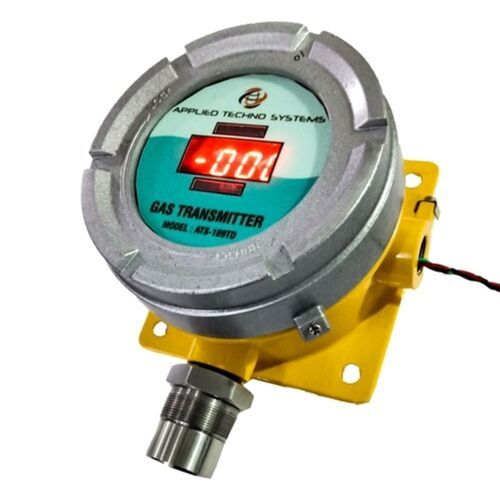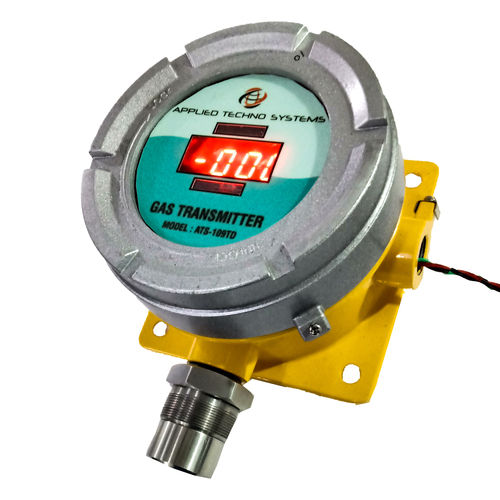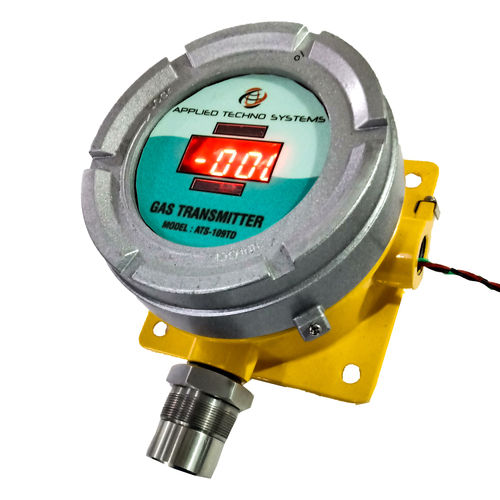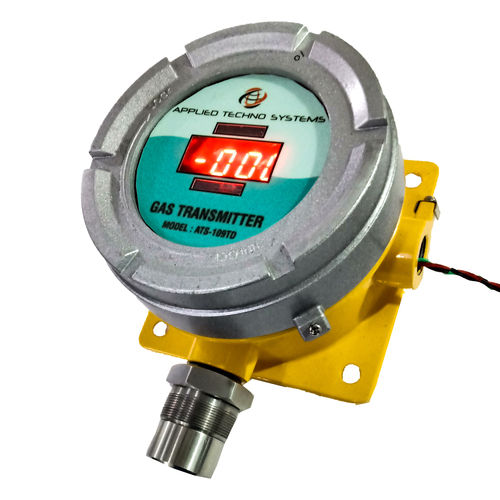- ओस बिंदु मीटर
- गैस विश्लेषक
- पोर्टेबल गैस डिटेक्टर
- नमी और ओस बिंदु विश्लेषक
- धूल मॉनिटर
- गैस निगरानी प्रणाली
- गैस रिसाव डिटेक्टर
- गैस ट्रांसमीटर
- वीओसी लीक डिटेक्टर
- वायु गुणवत्ता निगरानी प्रणाली
- ऑनलाइन सतत उत्सर्जन निगरानी प्रणाली-ओसीईएमएस
- ओस प्वाइंट मॉनिटर्स
- गैस डिटेक्टर
- अपारदर्शिता मॉनिटर
- पोर्टेबल फ़्लू गैस विश्लेषक
- ऑनलाइन एसओएक्स और एनओएक्स गैस विश्लेषक
- मीथेन गैस रिसाव डिटेक्टर
- हाइड्रोजन शुद्धता विश्लेषक
- गैस शुद्धता विश्लेषक
- प्रवाह निगरानी प्रणाली
- निर्माता गैस विश्लेषक
- गैस डिटेक्टर अंशांकन सेवा
- पोर्टेबल गैस मॉनिटर्स
- गैस सेंसर ट्रांसमीटर
Gas sensor transmitters
उत्पाद विवरण:
- मटेरियल Mild Steel
- आउटपुट 4-20mA
- उपयोग Industrial
- सटीकता %
- वोल्टेज वोल्ट (v)
- वारंटी 1 Year
- अधिक देखने के लिए क्लिक करें
मूल्य और मात्रा
- 1
उत्पाद की विशेषताएं
- 4-20mA
- 1 Year
- %
- Mild Steel
- वोल्ट (v)
- Industrial
व्यापार सूचना
- ,
- , , , , , , , ,
उत्पाद वर्णन
A gas sensor transmitter is an electronic device that detects and measures the concentration of specific gases in the environment. It converts the detected gas concentration into a standardized signal (usually 4-20 mA or digital) that can be transmitted to control systems or monitoring equipment. These devices are essential for ensuring safety in industrial, commercial, and residential settings by providing real-time data on gas levels.
Key Components:
Gas Sensor: The core component that detects gas concentrations. Types include electrochemical, infrared, catalytic, and photoionization sensors.- Microcontroller: Processes the signals from the sensor, interprets the data, and controls the transmitters functions.
- Display/Indicator: Some models feature a built-in display for real-time readings, while others use LED indicators for alarms.
- Communication Interface: Outputs the data in various formats, including analog (4-20 mA) and digital (Modbus, RS-485).
- Alarm System: Alerts users when gas levels exceed safe thresholds, typically through audible alarms, visual signals, or notifications to connected systems.
- Power Supply: Can be powered by batteries, AC power, or solar energy, depending on the application.
Applications:
- Industrial Facilities: Used to monitor hazardous gases in manufacturing, chemical processing, and oil and gas industries.
- Environmental Monitoring: Assess air quality in urban areas and compliance with environmental regulations.
- Mining Operations: Detect dangerous gases in underground mining environments to protect workers.
- HVAC Systems: Monitor indoor air quality and optimize ventilation in buildings.
FAQs
What gases can gas sensor transmitters detect?
Gas sensor transmitters can detect various gases, including carbon monoxide (CO), carbon dioxide (CO2), methane (CH4), hydrogen sulfide (H2S), ammonia (NH3), and volatile organic compounds (VOCs).
How do gas sensor transmitters work?
The transmitter detects gas concentrations using specific sensors, converts the detected levels into an electrical signal, and transmits this signal for monitoring or control purposes.
What is the typical output signal of a gas sensor transmitter?
Most gas sensor transmitters output signals in the form of a 4-20 mA analog signal or digital communication protocols such as Modbus or RS-485.
How often should gas sensor transmitters be calibrated?
Calibration frequency depends on the application and environmental conditions but is generally recommended every 6 to 12 months to ensure accuracy.
Can gas sensor transmitters be used in outdoor environments?
Yes, many gas sensor transmitters are designed to be rugged and weatherproof, making them suitable for outdoor use. However, specific models may have limitations, so always check the manufacturer™s specifications.
What should I do if the gas sensor transmitter alarms?
Immediately investigate the cause of the alarm by checking the gas levels in the area. Follow your facility™s safety protocols, which may include evacuating the area, ventilating the space, or contacting emergency services.
Are gas sensor transmitters suitable for residential use?
Yes, there are gas sensor transmitters designed for residential applications, such as detecting carbon monoxide or natural gas leaks.
Can gas sensor transmitters be integrated with existing control systems?
Most modern gas sensor transmitters can be easily integrated into existing control and monitoring systems, thanks to standard output signals and communication protocols.
What maintenance is required for gas sensor transmitters?
Routine maintenance includes cleaning the sensors, checking power supplies, and performing periodic calibrations to ensure accurate readings and reliable performance.
What factors can affect the accuracy of gas sensor transmitters?
Environmental factors such as temperature, humidity, and the presence of interfering gases can affect sensor accuracy. Regular calibration and maintenance are essential to mitigate these effects

Price: Â
- 50
- 100
- 200
- 250
- 500
- 1000+








 English
English Spanish
Spanish French
French German
German Italian
Italian Chinese (Simplified)
Chinese (Simplified) Japanese
Japanese Korean
Korean Arabic
Arabic Portuguese
Portuguese